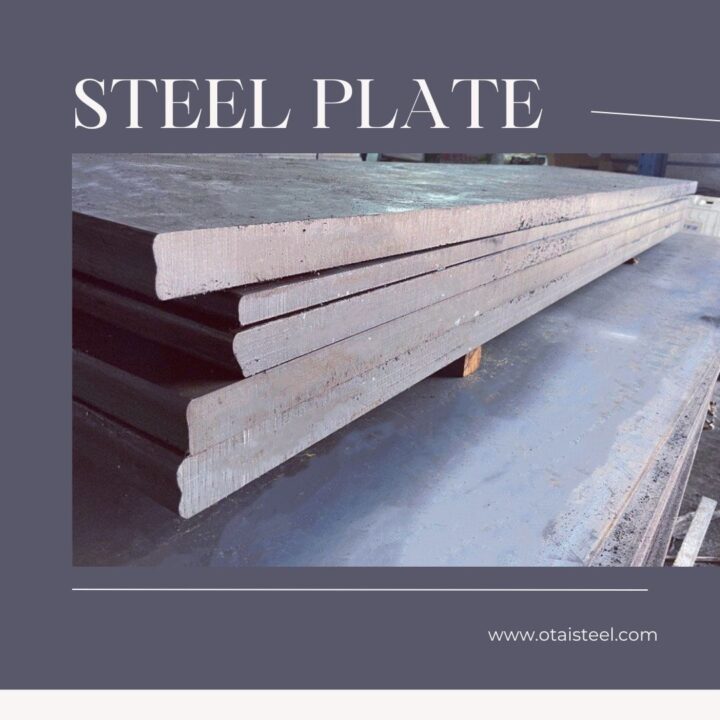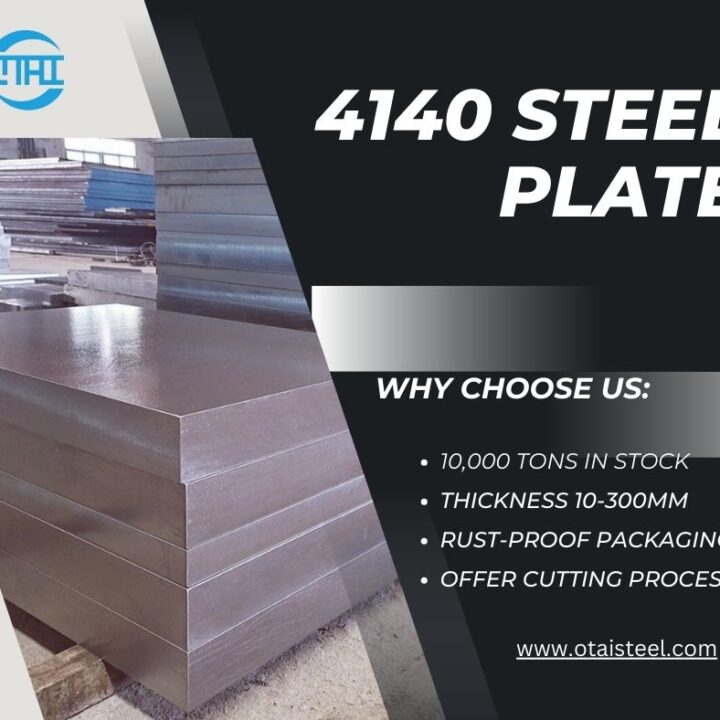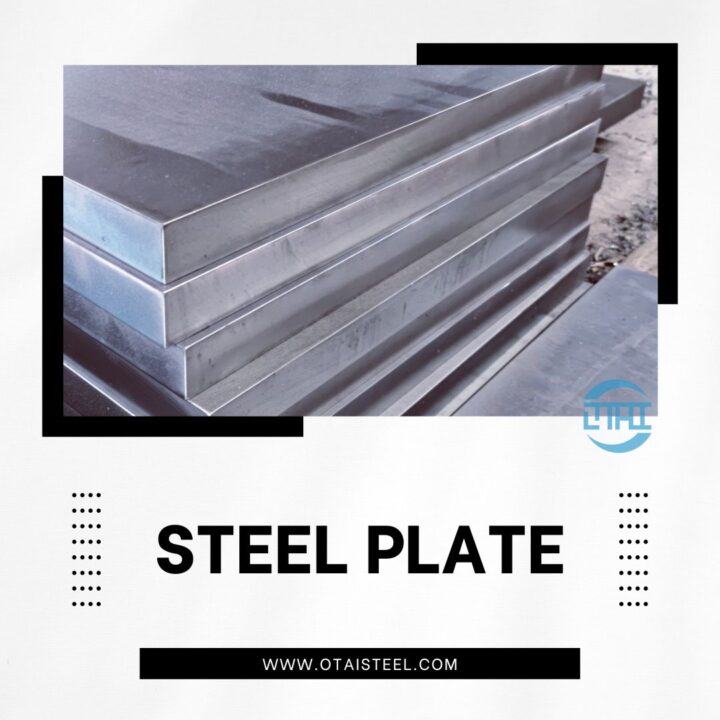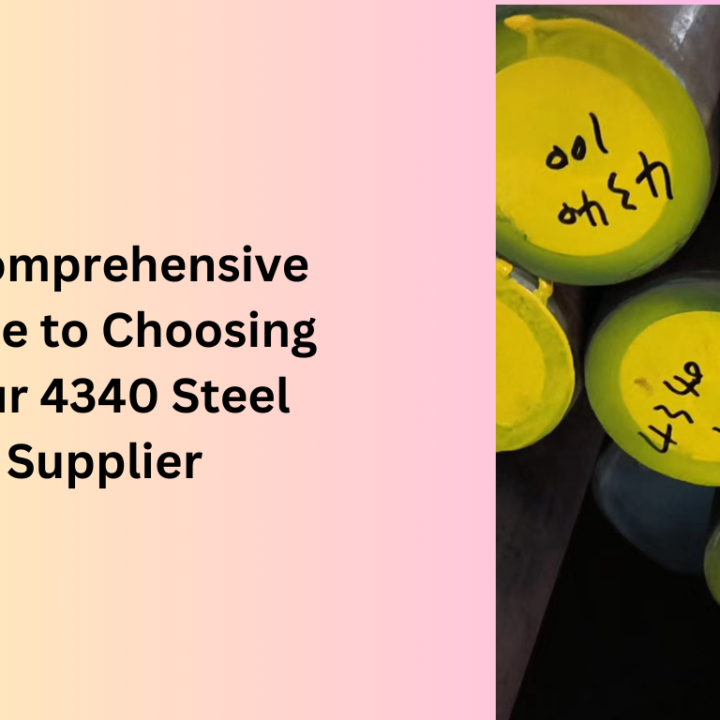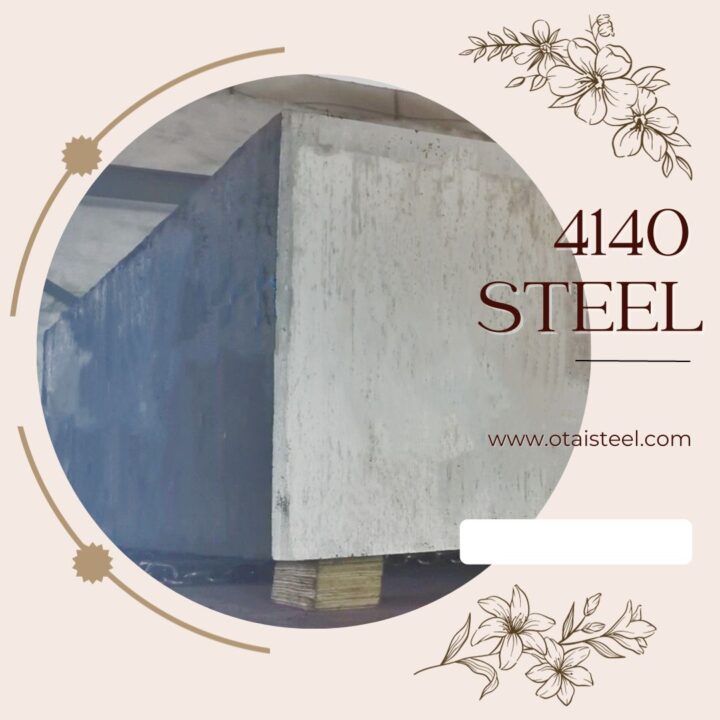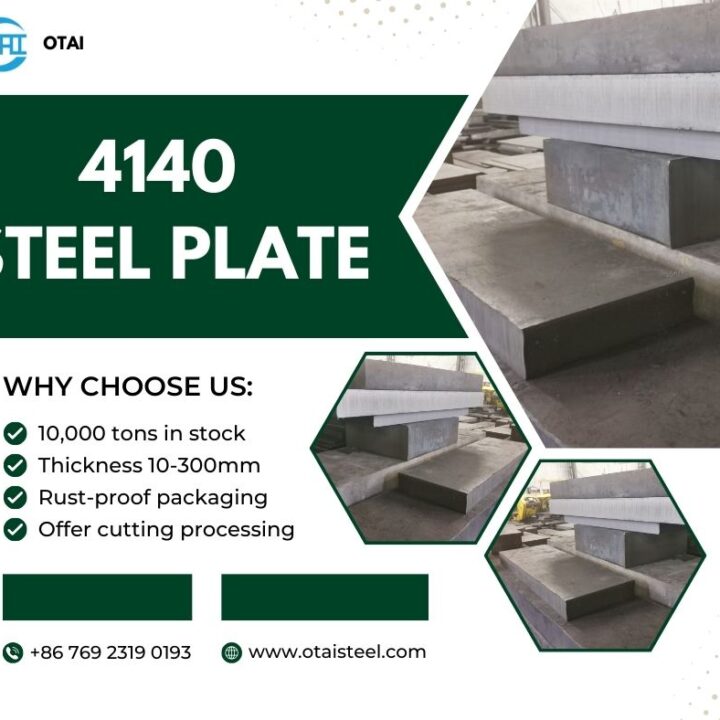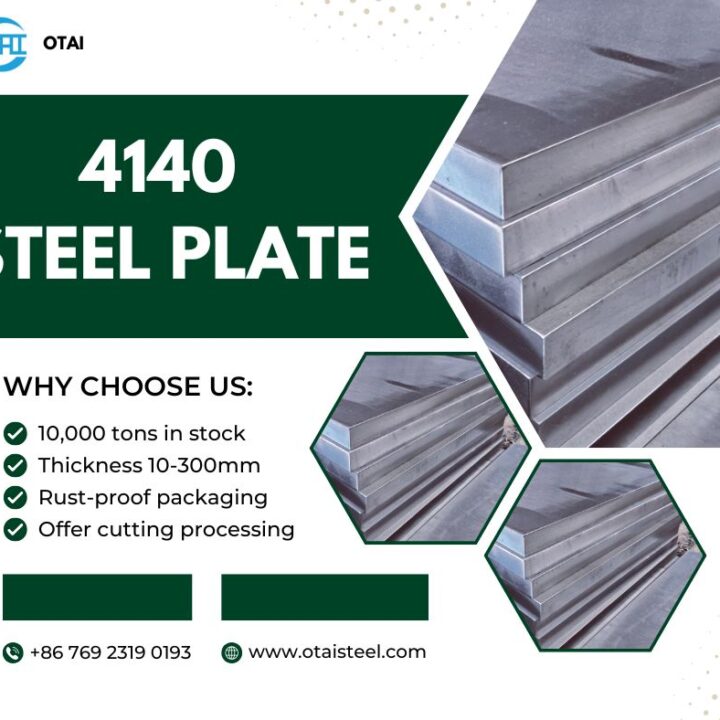As you know, Otai sells different kinds of round steels. however, do you know about it?
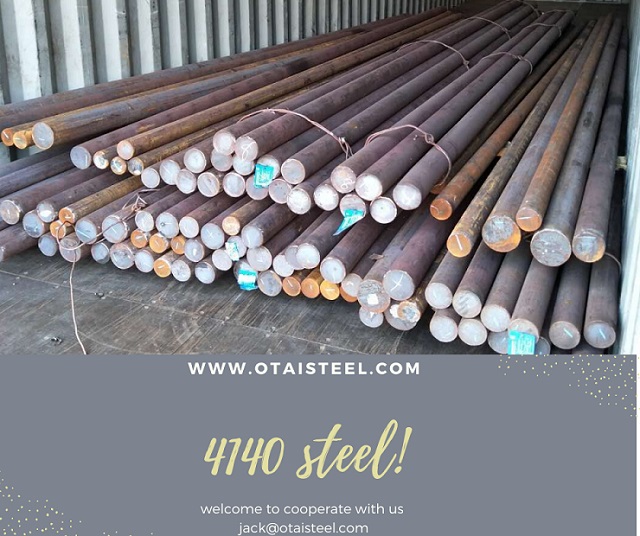
Round steels are a long bar of solid steel with a circular section. The specification is expressed in diameter in mm (mm)
Classification of round steels
Round steel is divided into hot rolling, forging, and cold drawing. The specification of hot rolled round steel is 5.5-250mm. Among them: 5.5-25mm small round steel is mostly supplied in bundles of straight bars and is commonly used for reinforcing bars, bolts, and various mechanical parts; round steel with diameter More than 25 mm, mainly used for making machine parts, seamless steel tube billet.
Commonly used material of round steel
Q195, Q235, 10#, 20#, 35#, 45#, Q215, Q235, Q345, 12Cr1Mov, 15CrMo, 304, 316, 20Cr, 40Cr, 20CrMo, 35CrMo, 42CrMo, 40CrNiMo, GCr15, 65Mn, 50Mn, 50Cr, 3Cr2W8V, 20CrMnTi, 5CrMnMo, etc.
standard of round steels
Standard: (gb699-1988, gb700-1988, gb3077-1988, gb702-1986, QJ/ hg02.17-1991)
The difference between round steel and other rebars:
1 appearance is not the same, round steel appearance light circle, no grain without rib, other rebar surface appearance has cut grain or have rib, so as to cause round steel and the concrete bonding force is small, and another rebar and the concrete bonding force are large.
2 composition is not the same, round steel (grade steel) is common low carbon steel, other steel reinforcement for alloy steel. Three different intensity, low intensity of round steel and other steel with high intensity, the diameter of the same size of round steel compared with other steel bars, round steels can withstand strength than other bar is small, but the plastic is better than other steel round steels, the round steels before is pulled with large deformation, and other steel before being pulled deformation is much smaller.
Theoretical weight
Theory of round steels weight calculation formula: outer diameter *diameter *0.00617 kg/m=weight of per meter
As for carbon steel, The carbon content is less than 1.35%, except for iron, carbon, and impurities such as silicon, manganese, phosphorus, and sulfur within the limit, steel without other alloying elements. The performance of carbon steel mainly depends on the carbon content. With the increase of carbon content, the strength and hardness of steel increase, and the plasticity, toughness, and weldability decrease. Compared with other steels, carbon steel is the earliest to be used, with low cost, wide performance range, and the largest consumption.
